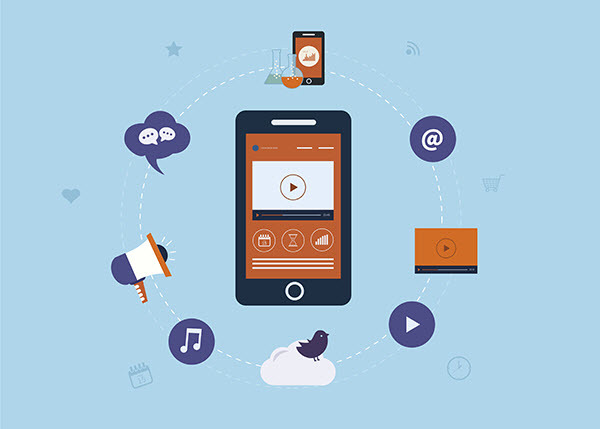Of all the ways to connect to the Internet today, there is one way that our children will not understand — fuzzy static followed by the obnoxious series of siren noises that made connecting to dial-up possible. This sound was replaced long ago, first by DSL, then by cable, wireless and now, mobile Internet.
Earlier this year, the Pew Research Center reported that 64 percent of American adults own a smartphone, and many of those people rely on their smartphones to connect to the Internet. Take your business to today’s customers with smart, mobile marketing strategies.
1. Simplify Customer Decisions
According to a study conducted by the Harvard Business Review, simplifying decisions for the customer is the best way to foster loyalty. Rather than overwhelming the customer with increasingly loud and relentless marketing messages, smart companies help customers make decisions by offering trustworthy information, crafted to the individual needs of the customer.
Herbal Essences does this with its online product guide to shampoos. Its guide allows customers to click through a step-by-step process for selecting shampoo based on personal needs and preferences rather than reading about and choosing from 95 products. For companies like Herbal Essences, faster decisions result in a faster purchases.
2. Design a Responsive Website
In a world of ever-changing screen sizes, your company’s website needs to be adaptable. No more zooming way in on a tiny, desktop version and moving around the site with your finger. No more designing multiple versions of the same site to accommodate the next new iPhone. Today’s successful companies automatically engage with customers on whatever screen is on their laps, in their hands or strapped to their wrists.
Companies like Amazon and ESPN have leveraged their responsive web designs to gracefully deliver more content to more customers in more places. From a designer’s standpoint, this will mean fluid grids, flexible images and media queries that apply CSS rules to the page based on the browser size.
3. Engage in Social Media
According to research collected by the Information Systems Audit and Control Association, businesses that are more deeply engaged with social media are more likely to increase their sales, revenue, brand recognition and customer satisfaction. LifeLock is a great example. The identity protection company uses Twitter to inform and engage with potential and current customers.
LifeLock capitalizes on the social media platform by posting news and identity protection tips every couple of days, including with each post a direct link to the company’s website with more information about the topic. The company’s bio is simple, visually appealing, and appears directly under the logo on the upper left side of the screen before you scroll down.
4. Make Mobile Payments Possible
Time is money, for you and your customer. And now that customers are increasingly using mobile phones to shop and share information, savvy businesses should make mobile payment possible and convenient.
Look to game-changing apps like Apple Pay, Google Wallet and PayPal for inspiration, or to the wildly successful Starbucks app, which integrates mobile payment with a rewards program.
According to Starbucks chief executive Howard Schultz as quoted in The Washington Post, this important mobile payment strategy has increased short-term revenue as well as a long-term loyalty.



